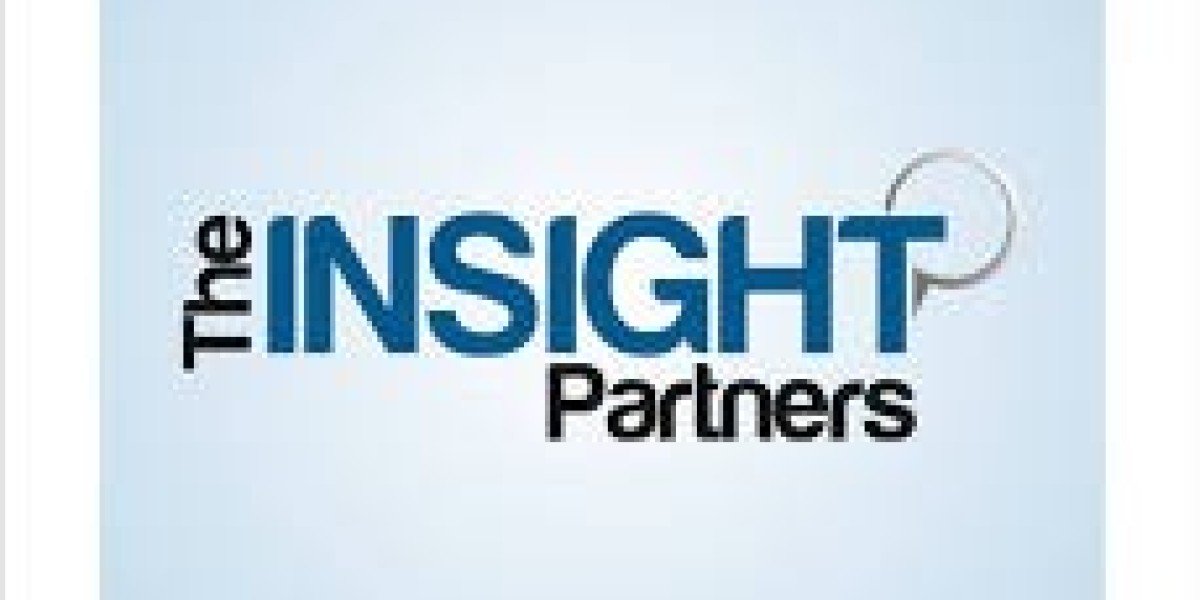The realm of transportation and robotics is undergoing a profound transformation, with autonomous navigation emerging as a cornerstone technology. This market, encompassing the hardware, software, and services that enable vehicles, robots, and drones to navigate without human intervention, is experiencing exponential growth, fueled by advancements in artificial intelligence, sensor technology, and increasing demand for automation across various sectors. The global autonomous navigation market size is expected to grow from US$ 5.20 billion in 2023 to US$ 17.28 billion by 2031; it is anticipated to expand at a CAGR of 16.2% from 2024 to 2031. This robust growth underscores the transformative potential of this technology across industries.
Several key factors are propelling this market forward. The automotive industry remains a primary driver, with significant investments in the development and commercialization of autonomous vehicles (AVs). From advanced driver-assistance systems (ADAS) to fully autonomous cars, the promise of enhanced safety, increased efficiency, and new mobility solutions is fueling intense innovation. The potential of AVs to revolutionize personal transportation, logistics, and ride-hailing services is immense, attracting substantial investment from established automakers and tech giants alike. For instance, the market for autonomous vehicles is predicted to constitute a significant portion of the overall autonomous navigation market within the next decade.
Beyond automotive, autonomous navigation is revolutionizing logistics and warehousing. Autonomous mobile robots (AMRs) and autonomous guided vehicles (AGVs) are increasingly being deployed in warehouses and fulfillment centers to optimize material handling, reduce labor costs, and improve operational efficiency. The e-commerce boom has further amplified the demand for these solutions, driving significant growth in this segment. Similarly, in the maritime and aerospace sectors, autonomous vessels and drones are being developed for applications ranging from cargo transport and surveillance to delivery services and infrastructure inspection, offering enhanced efficiency and reduced operational risks.
The market can be segmented based on various applications (automotive, robotics, aerospace, marine), levels of autonomy (Level 1 to Level 5), and components (sensors, software, control systems). Currently, the automotive sector holds the largest market share, but the robotics and aerospace segments are expected to witness the highest growth rates in the coming years. Geographically, North America and Europe are early adopters and significant markets, driven by technological advancements and supportive regulatory frameworks. However, the Asia Pacific region is poised for rapid growth, fueled by increasing investments in automation and infrastructure development, particularly in China and Japan.
Despite the immense potential, the autonomous navigation market faces challenges. Regulatory hurdles, ethical considerations surrounding safety and liability, and the need for robust and reliable sensor technology are significant obstacles that need to be addressed for widespread adoption. Cybersecurity concerns related to autonomous systems are also paramount. Continuous advancements in sensor fusion, AI algorithms, and mapping technologies are crucial to overcome these challenges and ensure the safe and efficient deployment of autonomous navigation systems.
Looking ahead, the autonomous navigation market is expected to witness further consolidation and collaboration between technology providers, automotive manufacturers, and other end-user industries. The development of standardized protocols and safety regulations will be crucial for fostering public trust and facilitating market growth. As the technology matures and costs decrease, autonomous navigation is poised to transform the way we move goods and people, ushering in an era of greater efficiency, safety, and automation across a multitude of sectors.
Author's Bio:
Nilesh Shinde
Senior Market Research expert at The Insight Partners








